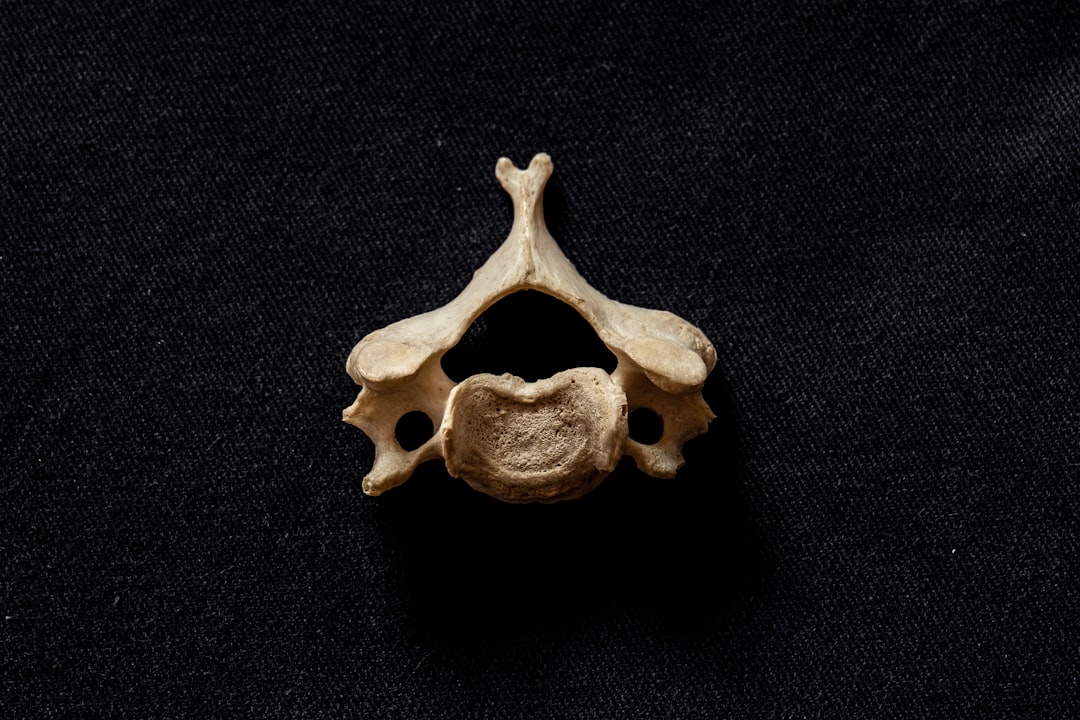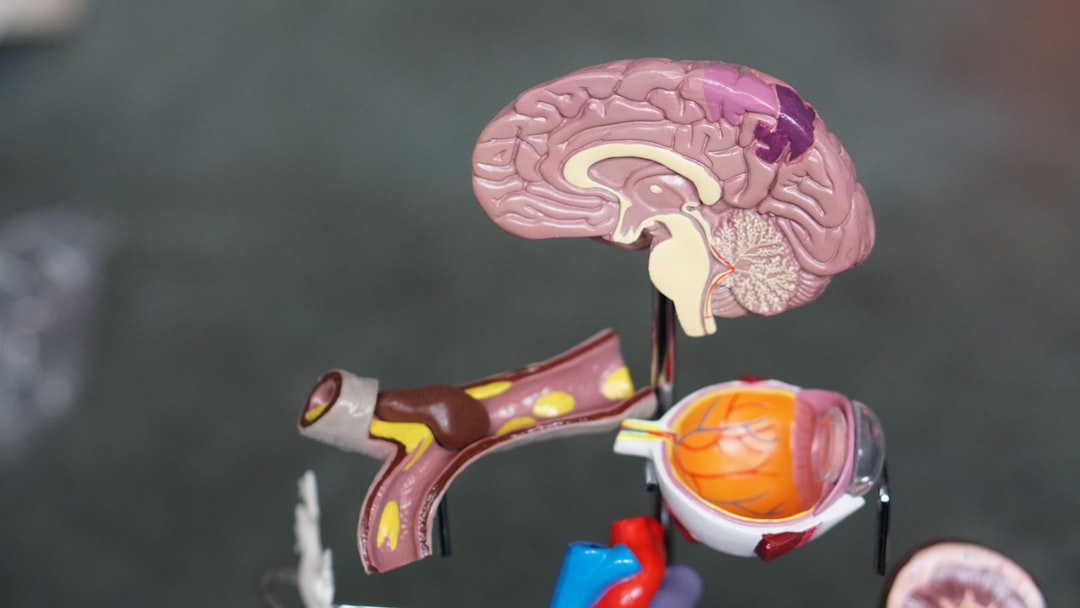What is it about?
Letrozole (LTZ), one of the ovulation induction medications, is increasingly prescribed in various gynaecological conditions. Previous studies have demonstrated its potential hazardous effect on the ovarian surface epithelium (OSE) as well as on tubal epithelial cells (TEC). However, it is not clear whether this effect could be reversed by LTZ cessation. Therefore, the objective of our study was to investigate the effect of stoppage of LTZ on these cells after 12 cycles of ovarian stimulation. A total of 54 Sprague Dawley rats were used in this study, divided equally into control, LTZ12 and CES12 groups (received saline, 12 cycles of LTZ and 12 cycles of cessation post-LTZ12 respectively). Samples from the ovaries as well as fallopian tubes (FTs) were studied histologically for the changes associated with LTZ12 and CES12 respectively. There was evident increase in the proliferative activity and Ki67 immunoexpression in the OSE of LTZ12. The OSE was hyperchromatic, and abnormally frequent deep invaginations, micropapillae and cortical cysts. Their TEC showed frequent multilayering, papillary projections and loss of cilia. Almost all these changes disappeared 12 cycles after LTZ cessation. While the tubal IL-1β, IL-6, TNF-α and serum MCP-1 levels significantly increased in the LTZ12 group compared with the control group, their levels decreased in the CES12 group compared with those of the control. Therefore, the abnormal tubo-ovarian epithelial patterns may completely regress after cessation of LTZ stimulation for a reasonable duration. This is a potentially good omen and a positive indicator of the relatively safe use of LTZ after its intake has been stopped.
Featured Image
Why is it important?
Letrozole (LTZ), one of the ovulation induction medications, is increasingly prescribed in various gynaecological conditions. Previous studies have demonstrated its potential hazardous effect on the ovarian surface epithelium (OSE) as well as on tubal epithelial cells (TEC). However, it is not clear whether this effect could be reversed by LTZ cessation. Therefore, the objective of our study was to investigate the effect of stoppage of LTZ on these cells after 12 cycles of ovarian stimulation. A total of 54 Sprague Dawley rats were used in this study, divided equally into control, LTZ12 and CES12 groups (received saline, 12 cycles of LTZ and 12 cycles of cessation post-LTZ12 respectively). Samples from the ovaries as well as fallopian tubes (FTs) were studied histologically for the changes associated with LTZ12 and CES12 respectively. There was evident increase in the proliferative activity and Ki67 immunoexpression in the OSE of LTZ12. The OSE was hyperchromatic, and abnormally frequent deep invaginations, micropapillae and cortical cysts. Their TEC showed frequent multilayering, papillary projections and loss of cilia. Almost all these changes disappeared 12 cycles after LTZ cessation. While the tubal IL-1β, IL-6, TNF-α and serum MCP-1 levels significantly increased in the LTZ12 group compared with the control group, their levels decreased in the CES12 group compared with those of the control. Therefore, the abnormal tubo-ovarian epithelial patterns may completely regress after cessation of LTZ stimulation for a reasonable duration. This is a potentially good omen and a positive indicator of the relatively safe use of LTZ after its intake has been stopped.
Perspectives
Letrozole (LTZ), one of the ovulation induction medications, is increasingly prescribed in various gynaecological conditions. Previous studies have demonstrated its potential hazardous effect on the ovarian surface epithelium (OSE) as well as on tubal epithelial cells (TEC). However, it is not clear whether this effect could be reversed by LTZ cessation. Therefore, the objective of our study was to investigate the effect of stoppage of LTZ on these cells after 12 cycles of ovarian stimulation. A total of 54 Sprague Dawley rats were used in this study, divided equally into control, LTZ12 and CES12 groups (received saline, 12 cycles of LTZ and 12 cycles of cessation post-LTZ12 respectively). Samples from the ovaries as well as fallopian tubes (FTs) were studied histologically for the changes associated with LTZ12 and CES12 respectively. There was evident increase in the proliferative activity and Ki67 immunoexpression in the OSE of LTZ12. The OSE was hyperchromatic, and abnormally frequent deep invaginations, micropapillae and cortical cysts. Their TEC showed frequent multilayering, papillary projections and loss of cilia. Almost all these changes disappeared 12 cycles after LTZ cessation. While the tubal IL-1β, IL-6, TNF-α and serum MCP-1 levels significantly increased in the LTZ12 group compared with the control group, their levels decreased in the CES12 group compared with those of the control. Therefore, the abnormal tubo-ovarian epithelial patterns may completely regress after cessation of LTZ stimulation for a reasonable duration. This is a potentially good omen and a positive indicator of the relatively safe use of LTZ after its intake has been stopped.
Dr. Ahmed A.M. Abdel-Hamid
Mansoura University
Read the Original
This page is a summary of: Reversal of tubo-ovarian atypical epithelial patterns after cessation of ovarian stimulation by letrozole, International Journal of Experimental Pathology, August 2016, Wiley,
DOI: 10.1111/iep.12196.
You can read the full text:
Resources
Contributors
The following have contributed to this page










